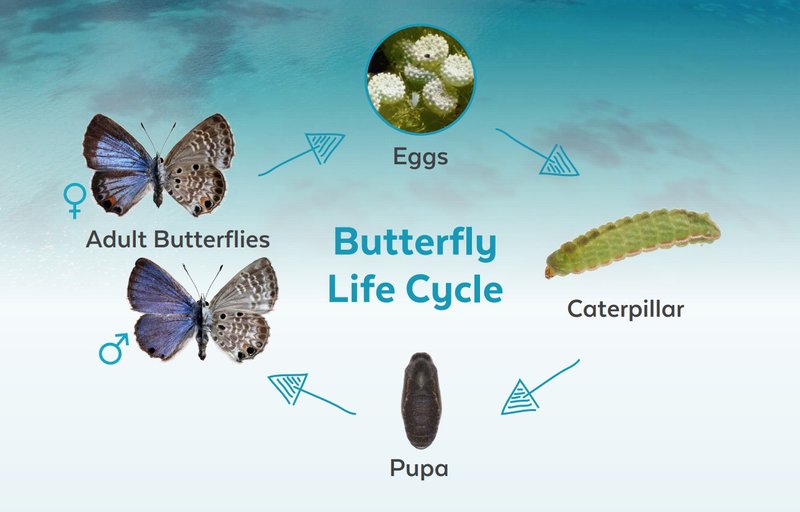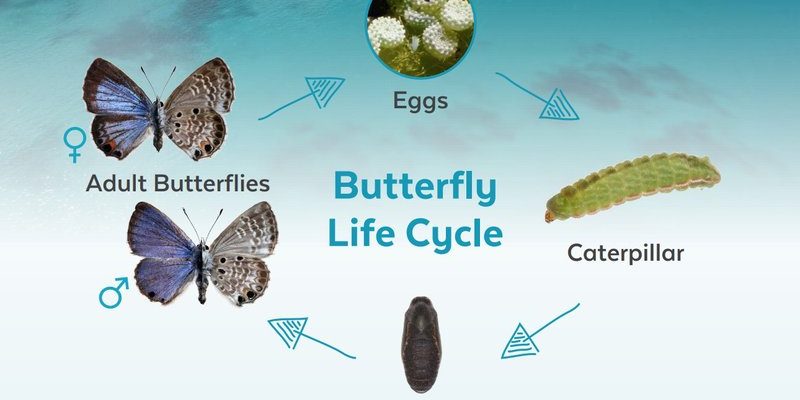
Botflies, particularly those in the family Oestridae, are known for their unique and somewhat unsettling method of reproduction. Female botflies lay eggs on their host animals, and once hatched, the larvae burrow into the host’s skin to develop. This process can sound straight out of a horror movie, but it’s part of nature’s cycle. As climate change continues to unfold, the distribution of these larvae may shift, revealing new patterns that could affect both wildlife and even human health.
Understanding Botfly Larvae: Life Cycle and Habits
To truly grasp how climate change affects botfly larvae, let’s take a step back and explore their life cycle. Botflies are fascinating little creatures that have a complex relationship with their hosts. The female deposits her eggs on a host animal, usually a mammal like cattle or deer. Warmth from the host helps the eggs hatch, and then the larvae burrow into the skin to feed and grow. It’s a survival strategy that has worked for ages, but it’s not without its challenges.
The larvae feed on the host’s tissue, which can lead to infections and other complications for the animal. Interestingly, these larvae can be found across various geographic locations, often in warmer climates. As temperatures rise due to climate change, areas that were once too cold for botflies might become more hospitable to them. This could mean more hosts, higher larvae populations, and an increased risk of infestations.
The Role of Temperature in Distribution Changes
Temperature plays a crucial role in the distribution of botfly larvae. In warmer climates, these pests thrive, while colder environments typically limit their growth. So, as our planet heats up, you might wonder, what does this mean for the future? Well, studies show that the ideal temperature range for botfly larvae is between 25°C to 30°C (77°F to 86°F).
This temperature range enables their eggs to hatch quicker and boosts the growth rate of the larvae. With global temperatures on the rise, many regions that were once too chilly may start to see higher populations of these pests. It’s like moving into a new neighborhood where there were no annoying neighbors before, but now they’ve moved in thanks to a warming climate.
Impact on Host Animals and Ecosystems
With botfly larvae expanding their territory, the impact on host animals can be severe. Many mammals are already suffering from the pressure of climate change, whether it’s from habitat loss or food scarcity. Adding the threat of increased botfly infestations can create a compound effect that could be detrimental to wildlife populations.
For instance, if cattle become more susceptible to botfly infestations, farmers may need to invest more in veterinary care and treatments. This can strain agricultural practices and affect food supply chains. Additionally, the balance within ecosystems could shift. If certain animals become more vulnerable due to increased botfly presence, it might ripple through food chains and alter predator-prey dynamics.
Changing Habitats and Migration Patterns
Not only will climate change alter the distribution of botfly larvae, but it will also change habitats and migration patterns. As animals seek out cooler, more hospitable environments, they may inadvertently take botflies with them. Think of birds migrating north for the summer; they might carry botfly eggs on their bodies or even as larvae in their systems.
As new areas become saturated with botflies, local wildlife may be caught off guard, leading to increased mortality rates or reduced reproductive success. This scenario is concerning, especially for endangered species that already face challenges from habitat loss.
Human Health Risks and Concerns
You might think botfly larvae only affect animals, but the truth is, they can impact humans too. In some regions, botfly infestations have been known to occur in people, leading to painful and sometimes dangerous infections. As climate change pushes these pests into new territories, the risk to human health could rise.
Imagine a scenario where more people are spending time outdoors—hiking, camping, or enjoying nature. If botflies start thriving in these new areas, individuals could find themselves at risk of becoming accidental hosts. This transformation might lead to a public health challenge that requires increased awareness and preventative measures against these pesky invaders.
What Can Be Done? Addressing Climate Change and Pest Management
Addressing the issue of botfly larvae distribution due to climate change isn’t just about pest management; it’s also about tackling the bigger picture—climate change itself. Here are a few strategies that could make a difference:
- Increase Awareness: Educating farmers, wildlife managers, and the general public about the risks associated with botfly infestations is vital.
- Research and Monitor: Ongoing research into the changing distribution of botflies can help predict their movements and potential impacts.
- Climate Action: Supporting initiatives that aim to combat climate change can ultimately benefit both wildlife and human populations by stabilizing ecosystems.
By focusing on these areas, we can address not only the invasion of botfly larvae but also the broader implications of climate change on our environment.
When we think about climate change, it’s easy to get lost in the big picture—glaciers melting, cities flooding, and heatwaves. But the reality is that it also affects the smallest creatures among us, like botfly larvae. As their distribution shifts due to rising temperatures, the ripple effects can reach far and wide, impacting both ecosystems and human health.
It’s a reminder that everything in nature is interconnected. Protecting our environment means considering every creature, big or small. By understanding how climate change influences even the tiniest larvae, we can make more informed decisions about our planet’s future. So, the next time you hear about climate change, remember those little botflies and their role in our complex ecosystem.
Together, we can take steps towards a healthier planet, not just for ourselves, but for all living beings.

